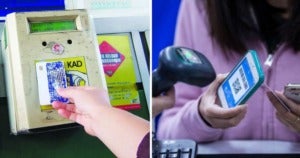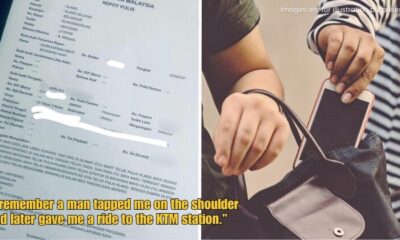Different kinds of scam tactics are emerging everywhere these days, and loads of people still fall prey to these methods.
Now, scammers have started to take on ‘quick response’ (QR) codes to bait potential victims. Quann Malaysia (formerly known as e-Cop Malaysia), a leading regional cyber security service provider, has warned the public of this new tactic on February 1, the New Straits Times reported.
The most terrifying part is, these scammers can even hack into your phone’s camera to spy on you thanks to this new tactic! Creepy!
With the widespread use of QR codes in China, Malaysia is currently following this trend as well, with vendors such as WeChatPay and Alipay introducing eWallets (involving the use of mobile phones for QR code scanning) into Malaysia’s online payment ecosystem to drive retail consumerism.

Source: U.S. News
The black-and-white squares are often seen on websites, restaurants, advertisements, rental bikes and retail outlets to enable users to quickly unlock or retrieve information related to their business.
Quaan Malaysia’s general manager, Ivan Wen said that there seems to be a steady increase in the number of fake QR code cases. So, how does this work?
These scammers reportedly stick their own QR codes over a business’ original one to steal the scanner’s data, or access the scanner’s smartphone to tap into their bank account.
These fake QR codes lead users to malicious websites where users are required to key in their personal information. This information is then used to send phishing emails filled with malware. Smartphones are no exception as well, with viruses transmitted to steal money from the victim’s mobile wallet, or ransomware where data is encrypted for a ransom.
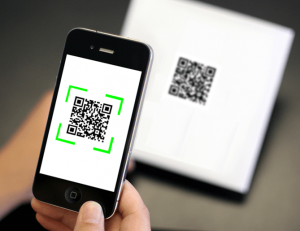
Source: Spaceo Technologies
“A downside with QR codes is that it is nearly impossible to visually differentiate an original code from a malicious code,” he said in a statement.
“Merchants are required to regularly check their QR codes to ensure the codes pasted on their merchandise or posted on their websites are secured and verified.”
He added that places such as restaurants with QR codes used for payments are more prone to these scams, as QR codes are not fixed and changed regularly. About RM55 million was stolen in China’s Guangdong province, which largely uses QR codes for everyday business.
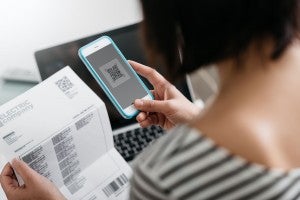
Source: Digital Trends
To put a stop to this growing problem, the People’s Bank of China has begun regulating QR code daily spending limits. All payment institutions are required to obtain a license before they can legally offer QR code payment facilities to their customers.
So how can we prevent ourselves to fall prey to these scams? Quann Malaysia has listed a few tips to take note of:
- Before scanning a QR code, take a good look at the code for any signs of tampering such as a sticker placed on a printed menu or pamphlet
- Look out for pixelated images and logos, as well as spelling mistakes to identify fake codes
- Use a secure QR code scanner that can flag malicious websites and show the actual URL before scanning the code
- Do not key in any personal information after scanning a QR code
- Be wary about scanning a code in public places, like transportation depots, bus stops or city centres, even if it’s on a printed poster
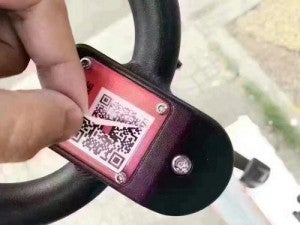
Source: technode
“Users are advised to be extra attentive when scanning QR codes. As more mobile payment platforms are making their way into the Malaysian market, it is important that both users and merchants practice the necessary precautions to ensure both parties do not lose money or data to similar scams,” Wen added.
So, watch out when you scan a QR code next time!
Also read: Touch ‘n Go Will Soon Have e-Wallet Services For Malaysians, Here’s What to Expect


